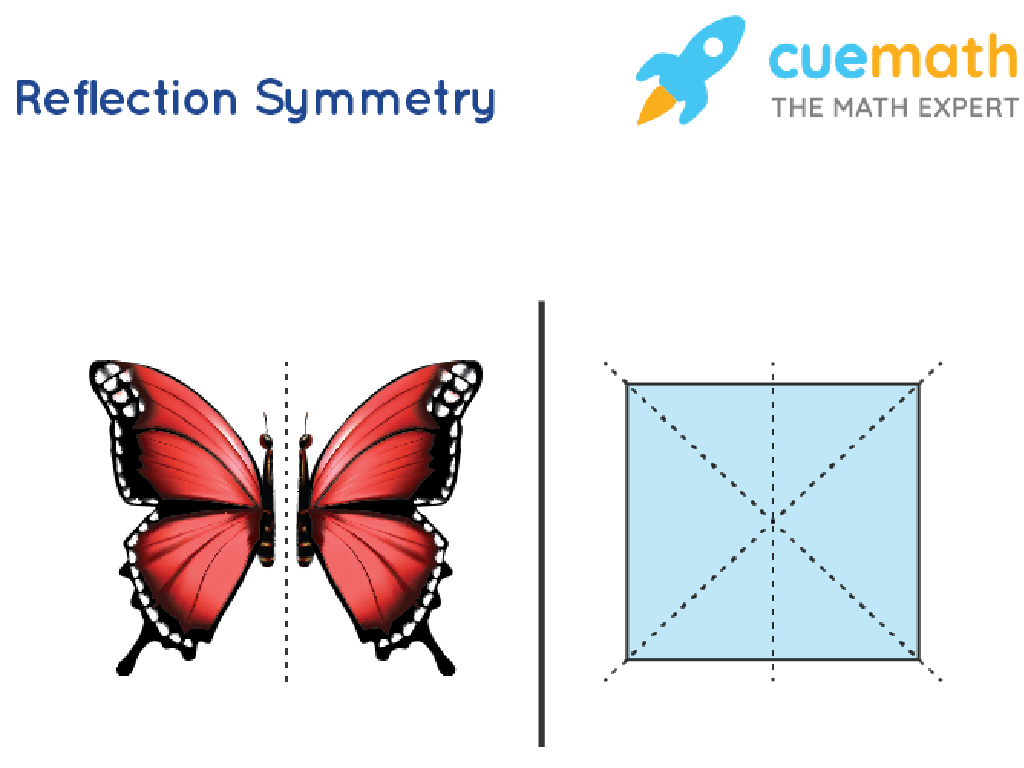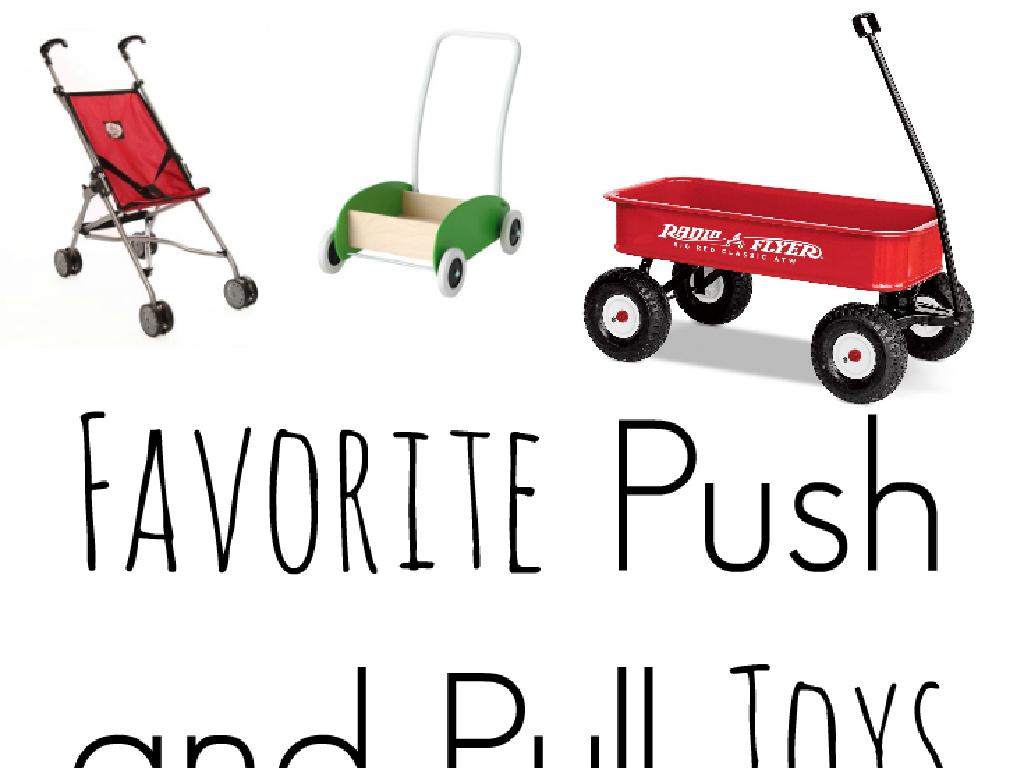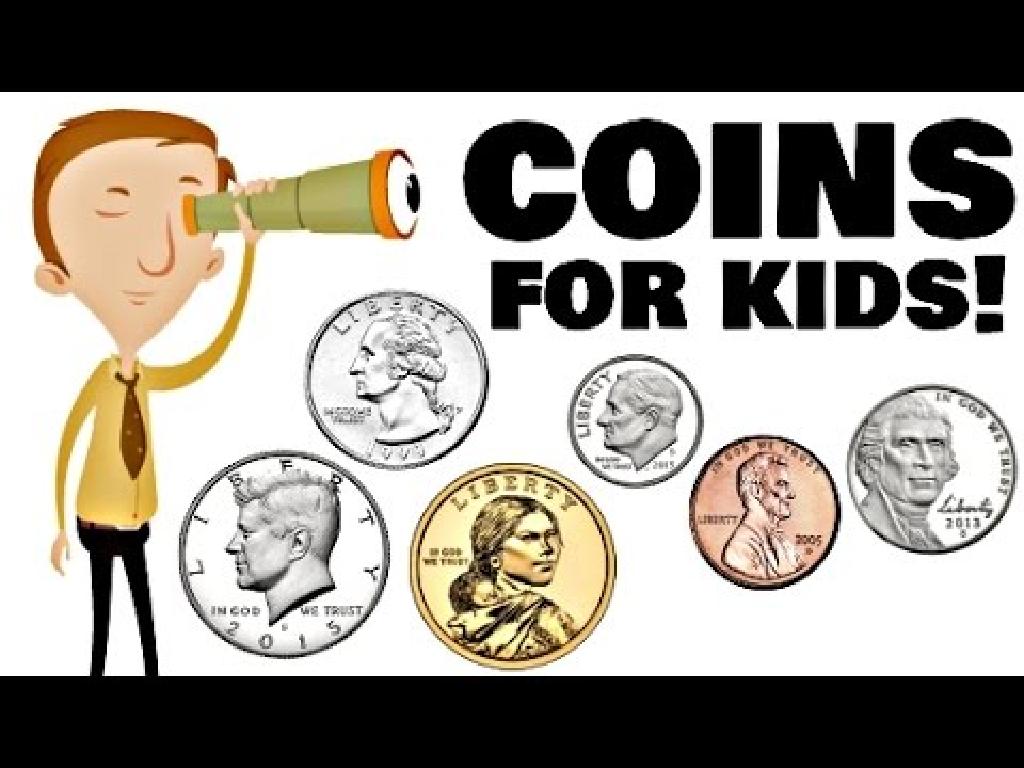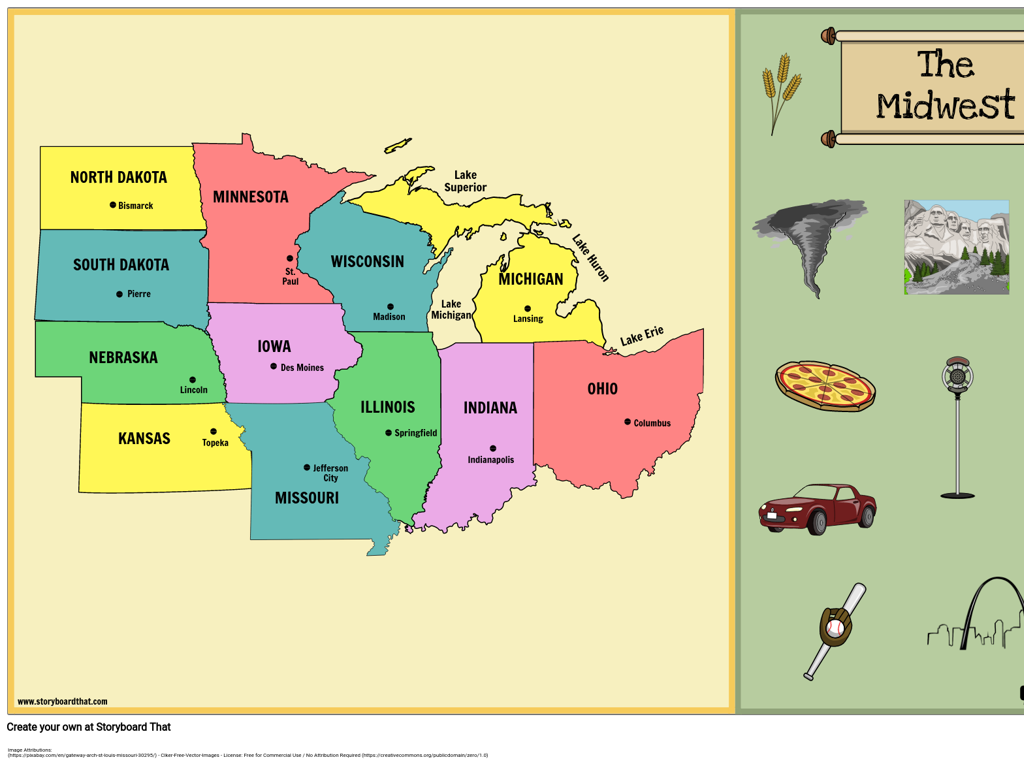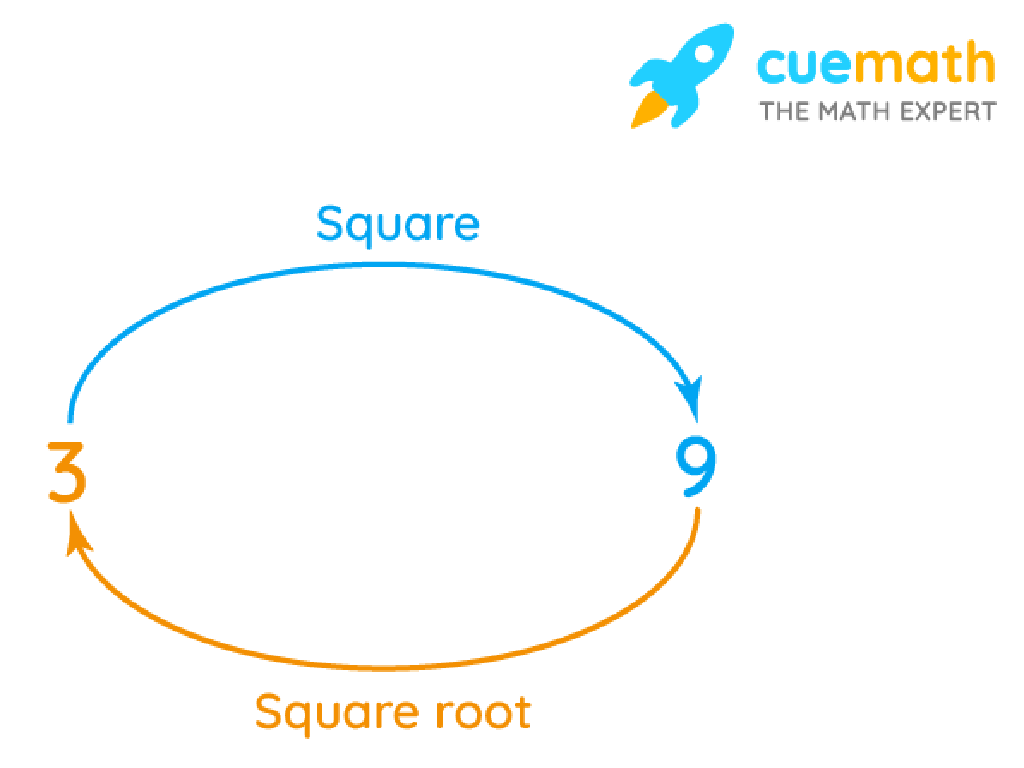One More And One Less - Up To 20
Subject: Math
Grade: Kindergarten
Topic: One More And One Less To 20
Please LOG IN to download the presentation. Access is available to registered users only.
View More Content
Math Adventures: One More & One Less
– Learn ‘One More’ concept
– If we have 3 apples, one more would be 4 apples.
– Explore ‘One Less’ idea
– If we have 5 candies, one less would be 4 candies.
– Numbers up to 20
– Counting can be fun!
|
This slide introduces the concepts of ‘One More’ and ‘One Less’ to Kindergarten students, using numbers up to 20. Start by explaining that ‘One More’ means adding one to the current number, and ‘One Less’ means taking away one. Use tangible examples like apples or candies to illustrate the concept. Encourage the children to count aloud as a group to make the activity engaging. Prepare to demonstrate with physical objects or visual aids to help them understand the addition and subtraction of one in a fun and interactive way. The goal is to make them comfortable with the idea of incrementing and decrementing numbers within the range of 20.
Understanding ‘One More’
– ‘One more’ adds 1 to a number
– Example with 5 apples
– If you start with 5 apples and get 1 more, you have 6 apples.
– Counting together activity
– We’ll count from 1 to 6 as a class to see ‘one more’.
– Discovering ‘One More’
– Practice with different numbers up to 20 to find ‘one more’.
|
This slide introduces the concept of ‘one more’ in a way that is tangible for Kindergarten students. Start by explaining that ‘one more’ means we add one additional item to what we already have. Use the example of apples to illustrate this point because it’s a relatable item for the children. Engage the class in a counting activity where everyone counts aloud together, reinforcing the concept through repetition. Encourage the students to apply this concept by practicing with different numbers up to 20, helping them to grasp ‘one more’ in various contexts. The goal is to make the concept of addition concrete and understandable through everyday examples and interactive participation.
Let’s Practice ‘One More’
– Count objects together
– Add one more object
– Example with teddy bears
– Starting with 3 teddy bears, then adding 1 more makes 4 teddy bears
– Find ‘one more’ in class
– Look around to find one more book, block, or crayon
|
This slide is designed to help Kindergarten students understand the concept of ‘one more’ in a fun and interactive way. Start by counting objects together as a class to ensure everyone understands basic counting. Then, demonstrate the concept of ‘one more’ by adding an additional object to a group, using teddy bears as an example. After the demonstration, encourage the students to find ‘one more’ of various items in the classroom, such as one more block or one more crayon. This activity will help them apply the concept of ‘one more’ to different objects and settings. Make sure to walk around the classroom to assist and praise the students as they engage in the activity.
Understanding ‘One Less’
– ‘One less’ means minus 1
– Example with 4 balloons
– Imagine having 4 balloons in your hand
– One balloon flies away
– Now we have only 3 balloons left!
– Count backwards from 4
– Let’s say: 4, 3, 2, 1. We stopped at 3!
|
This slide introduces the concept of ‘one less’ to Kindergarten students by relating it to a simple and visual example of balloons. Start by explaining that ‘one less’ is just like taking away 1 from any number. Use the example of 4 balloons to make it tangible – if one balloon flies away, we have one less. Encourage the children to visualize holding 4 balloons and one flying away, leaving them with 3. Practice counting backwards from 4 to 1 to reinforce the concept. Make sure to use hand gestures or actual props to help them understand the subtraction. This interactive approach will help them grasp the idea of ‘one less’ in a fun and memorable way.
Let’s Practice ‘One Less’
– Count objects together
– Then take one away
– Example with blocks
– Start with 6 blocks, remove 1, count the remaining
– Imagine a crayon rolls away
– Visualize: 5 crayons, 1 rolls off, how many left?
|
This slide is designed to help Kindergarten students understand the concept of ‘one less’ in a tangible and interactive way. Begin by counting a set of objects with the students, then physically remove one and count the remaining objects together. Use the example of 6 blocks, taking 1 away, and then counting the rest to reinforce the concept. Encourage the students to visualize scenarios, such as one of their crayons rolling away, to apply the concept to everyday situations. This will help them grasp the idea of subtraction in a practical and engaging manner. During the activity, walk around the classroom to ensure each student is participating and understanding the concept. Be prepared with additional examples in case some students need more practice.
Counting Up to 20: One More or One Less
– Count together from 1 to 20
– Understand numbers up to 20
– Knowing numbers helps with addition and subtraction
– Find ‘one more’ than a number
– If we have 10, ‘one more’ is 11
– Find ‘one less’ than a number
– With 15, ‘one less’ is 14
|
This slide is aimed at helping Kindergarten students understand the concept of ‘one more’ and ‘one less’ within the range of numbers up to 20. Start the class by counting together from 1 to 20 to ensure that all students are familiar with the number sequence. Emphasize the importance of knowing these numbers as a foundation for understanding simple addition and subtraction. Use interactive questions to engage the students, asking them to identify ‘one more’ or ‘one less’ than a given number. For example, present the number 10 and ask the students what number comes after it to demonstrate ‘one more’. Similarly, present the number 15 and ask what number comes before it to illustrate ‘one less’. Encourage students to use their fingers or classroom objects to visualize the concept. The goal is for students to become comfortable with these basic arithmetic concepts through practice and repetition.
Fun with Numbers!
– Play a game: ‘one more’ and ‘one less’
– We’ll add 1 or subtract 1 from numbers up to 20
– Use number cards for the game
– Each card has a number from 1 to 20
– Find ‘one more’ and ‘one less’ of a number
– If you have 8, what’s one more? What’s one less?
– Get ready for number fun!
|
This slide introduces a playful activity to help Kindergarten students understand the concepts of ‘one more’ and ‘one less’. Prepare number cards from 1 to 20. Students will draw a card and determine the number that is one more and one less than the number on their card. For example, if a student draws a card with the number 8, they will identify 9 as ‘one more’ and 7 as ‘one less’. This activity reinforces number sequencing and basic addition and subtraction skills. It’s a hands-on way to make learning math fun and interactive. Have a variety of activities ready, such as pairing students to quiz each other, using objects to count, or creating a number line on the floor for a physical movement game.
Number Line Hopscotch
– Let’s play Number Line Hopscotch!
– Listen for my number call
– Hop to ‘one more’ or ‘one less’
– If I say ‘4’, hop to ‘3’ for one less or ‘5’ for one more
– Learn, move, and have fun!
|
This interactive class activity is designed to help Kindergarten students understand the concepts of ‘one more’ and ‘one less’ through physical movement and play. Set up a number line on the floor with numbers 1-20. Students will stand at a starting point, and when a number is called out, they will hop to the number that is ‘one more’ or ‘one less’ than the called number. For example, if ‘6’ is called, they hop to ‘5’ for ‘one less’ or ‘7’ for ‘one more’. This kinesthetic approach reinforces numerical order and the idea of incrementing or decrementing a number by one. It’s a fun way to integrate physical activity into a math lesson. Prepare variations for different skill levels, such as hopping to ‘two more’ or ‘two less’, to keep all students engaged and challenged.
Fantastic Counters!
– You’ve learned ‘one more’ and ‘one less’
– Practice is key to counting
– Count at home for fun
– Try counting toys, steps, or snacks
– Excited to see you next class!
|
Congratulations to the class for mastering the concept of ‘one more’ and ‘one less’ up to 20. Reinforce the importance of practice to help solidify these counting skills. Encourage the students to integrate counting into their daily activities, such as counting toys during playtime or snacks during lunch. This will help them apply what they’ve learned in a fun and practical way. Looking forward to seeing how much they’ve improved by the next class. Remember to praise their efforts and progress to boost their confidence in math.

